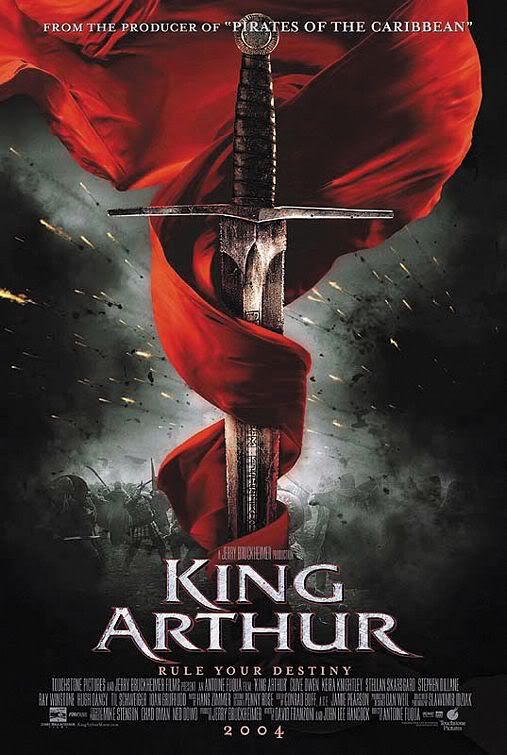 |
| Art by TL Jeffcoat |
The
most famous sword used by pirates in the 1600’s and 1700’s is often rumored to
have been invented by pirates, but my research turns that out to be an unproven
legend. The Cutlass has been a common tool for sailors for centuries. Its blade
is strong enough to cut heavy ropes and canvas, and small enough to be used in close
quarters combat. The blade was short enough to easily avoid getting entangled
in various riggings found on a sailing vessel while fighting off a boarding party,
or boarding another vessel.
The
blade is broad, flat, curved, and about 2 feet in length (approximately 0.61
meters). Only the outside of the curved blade is sharpened, and the handle is
usually protected by a hand guard of some kind, either a cup shaped piece of
elaborately designed metal, or a simple loop. This gives the Cutlass an
additional technique with the backhand or jab using the pommel or guard to
strike an opponent that is too close to slash with the blade. The hand guard is
also useful in protecting the sailor from losing fingers when a blade strikes
the handle.







